Did you know that it’s possible for farmers to actually improve the environment while producing food?
Now, this is quite different from the horror stories we hear about in chemical-based agriculture.
In fact, through the use of sustainable farming practices, it is possible to even restore depleted lands or damaged habitats.
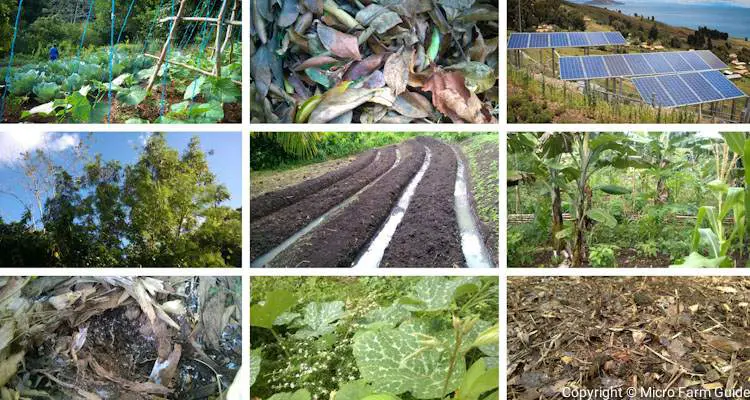
But where do you start? Don’t worry. We’ve got you covered.
In this guide, I’ll walk you through 10 sustainable farming practices that are perfect for newcomers, the first of which you can start today.
1. Composting
Composting is a simple way of turning organic material such as food scraps, tree trimming, and manures into a nutrient-rich material called compost.
You can use this material as mulch, natural fertilizer, soil amendment, or even a growing media.
You can create compost by simply tossing food scraps into a bucket or using one of several fancy composting bins.
However, as a farmer, it would be best to choose from one of the many scalable composting techniques, such as hot composting.
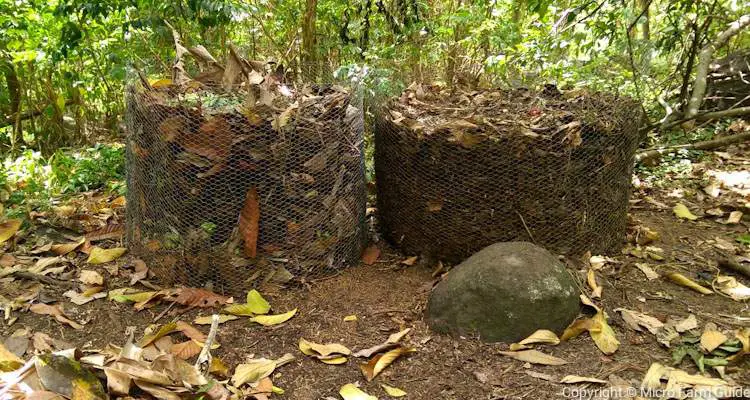
That said, if you cannot wait until the material fully decomposes, you can still use some organic material directly using the second practice.
2. Mulching
Mulching covers the soil with various materials to protect it from the elements.
You can use just about any organic material, such as tree trimmings, leaves, compost, and grass clippings.
However, unlike composting, you do not need to wait for the materials to decompose or even dry to use as mulch.
This mulch layer helps keep the soil cool, suppresses weeds, and prevents soil erosion.
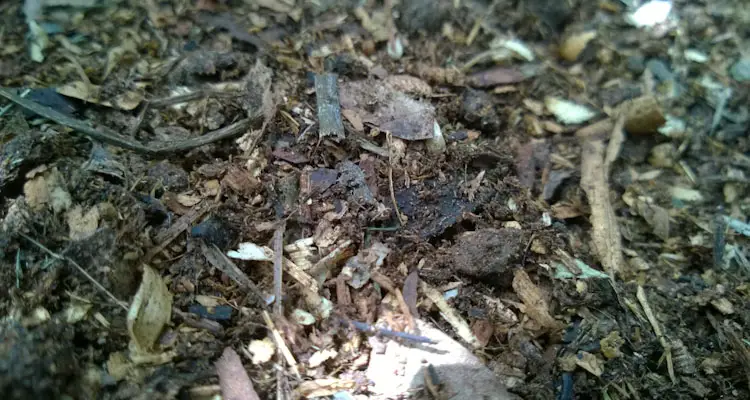
But most importantly, it helps to improve soil structure as it breaks down, which increases its fertility and ability to retain water.
3. Water Conservation
Water conservation is the protection and careful use of natural water sources using various means.
On a national level, this is done through various laws and regulations.
Yet, as farmers, we also need to do our part since water literally means the life of our plants.

You can collect rainwater in storage containers or slow the flow of it across your soil to decrease erosion.
And protect it from contamination from synthetic fertilizers and pesticides by engaging in chemical-free agricultural practices such as.
4. Natural Farming
Natural farming is a chemical-free food production approach that tries to mimic nature and its processes.
It is based on indigenous farming practices and encourages biodiversity, which supports various creatures that make up our ecosystem,
You can choose from several natural farming systems based on your location and the resources you have at hand.
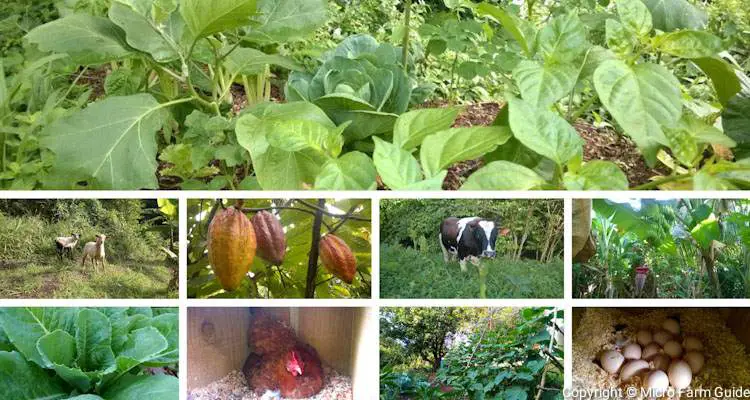
And while they may differ slightly, they effectively keep the soil and water clean and free from chemicals that can harm the environment.
If you are not yet ready to commit to an entire system, you can choose individual practices such as:
5. Crop Rotation
Crop rotation is really quite simple. It means changing the types of plants you grow in an area each year.
For example, if you grew corn in one area this year, grow beans in that same spot next year. It’s like giving the land a little break.
This works since different plants use and give back other nutrients to the soil, keeping it healthy and fertile.
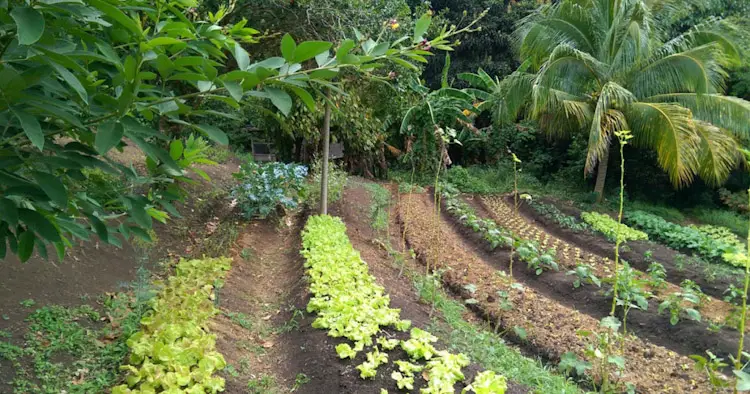
This technique works great on large, somewhat monoculture systems but has proven unnecessary in smaller, interplanted farming units.
That said, crop rotation actually helps improve the soil in large fields and, if done correctly, is an effective:
6. Natural Pest Control
As the name suggests, natural pest control uses natural methods to keep unwanted bugs away.
You can use various plants, herbal extracts, and organic pesticides made from fermented substances.
Ultimately, sustainable farming aims to create an ecosystem that will keep harmful bugs in check without using harmful chemicals to get rid of them.
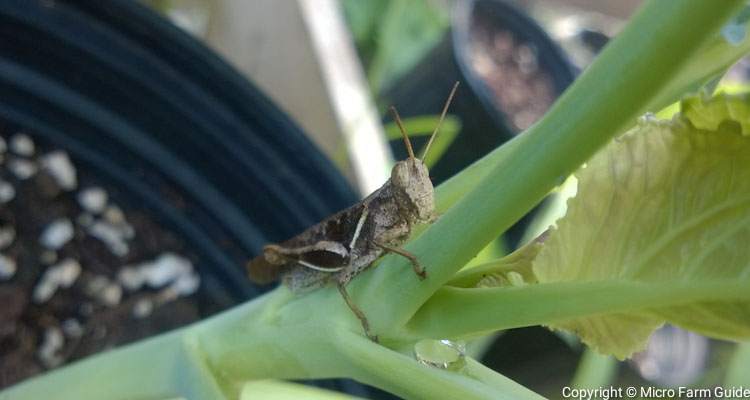
However, this will take time, during which we do not want to do anything to disrupt the ecosystem and retard the process.
As a result, we have to be mindful of our actions and do everything in our power to:
7. Protect Natural Habitats
Nature always seeks balance and provides a home for all the plants and creatures needed to support the ecosystem.
So, by protecting natural habitats, we ensure that beneficial creatures such as reptiles, birds, insects, and others choose to remain.
To do this, we start by limiting the disturbance to the existing environment below and above the soil.
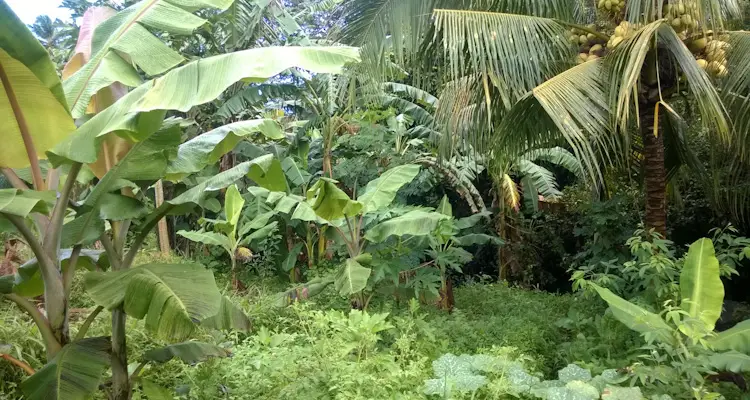
For example, we can limit actions such as plowing, clearing away debris, or cutting down trees altogether.
Additionally, we can attempt to promote biodiversity in and around our farms through interplanting, cover cropping, or the intentional:
8. Use of Local and Native Plants
Local and native plants are the wild shrubs and trees that grow naturally in your area.
They are well-adapted to the soil, local climate, and usually require less water and virtually no assistance from us to grow.
Generally, these plants provide food and shelter to local wildlife and beneficial insects, which assist in pollination and pest management.
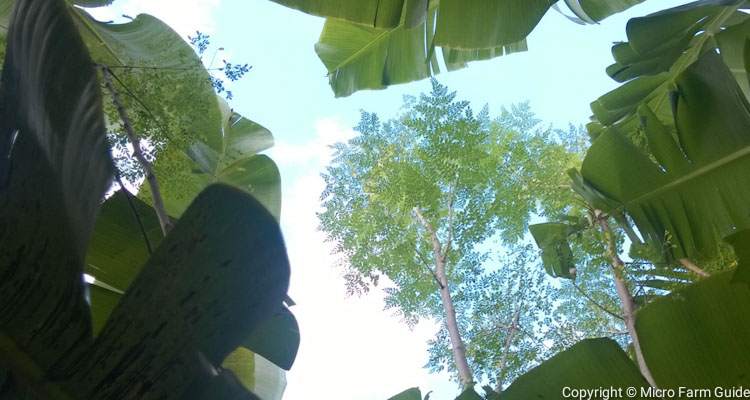
Plus, they also assist in protecting the soil from erosion by building the soil’s structure, providing cover from the elements, which gradually improves fertility.
To be sustainable, we need to make the best of our resources. Not only is this great for the environment, but it can also save us time and money. Another such practice is the:
9. Use of Renewable Energy
Renewable energy comes from sources that never run out, like the sun, wind, and organic waste.
We can tap into these energy sources using specialized equipment such as solar panels and biodigesters.
Of course, this equipment doesn’t come cheap, but they usually pay for themselves repeatedly over time.
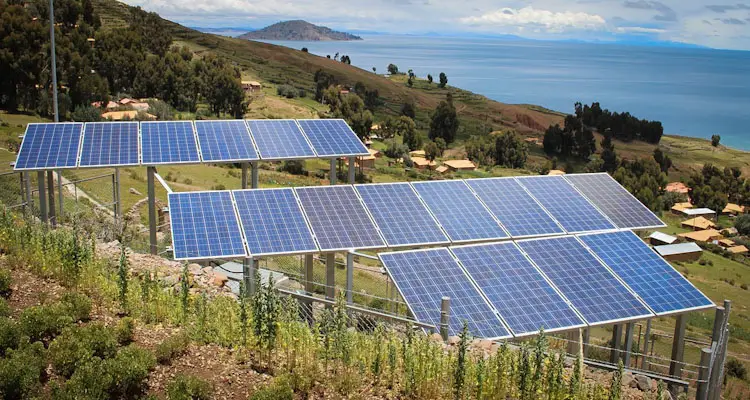
But most importantly, the use of renewable energy helps to reduce pollution, which in itself is priceless.
However, while all these benefits are great for individual farmers, they are most effective when done “en-mass,” which is only possible through widespread adaptation.
10. Sharing Of Knowledge And Education
Education is a powerful tool that needs to be constantly sharpened to remain valid.
As a result, on-going learning about sustainable farming is essential to help you adapt to the ever-changing environment.
However, this should not be done in isolation. Instead, you should seek out other individuals or communities with similar goals.

By sharing your first-hand experience, you can also assist and encourage other like-minded individuals.
This also ensures that future generations will be better equipped with the knowledge and mindset needed to keep our planet healthy.
Final Thoughts
Sustainable farming isn’t just a trend; it’s necessary to keep the planet habitable for humans.
By nurturing the soil, conserving water, and supporting local ecosystems, we pave the way for a world where the air is cleaner, the soil richer, and our food more nourishing.
Would you like to be a part of this transformation? Would you like to be in a world where every backyard is a haven for crops, buzzing with life and brimming with health?
You can start today! Check out our Natural Farming Page to learn about eco-friendly farming techniques and systems.
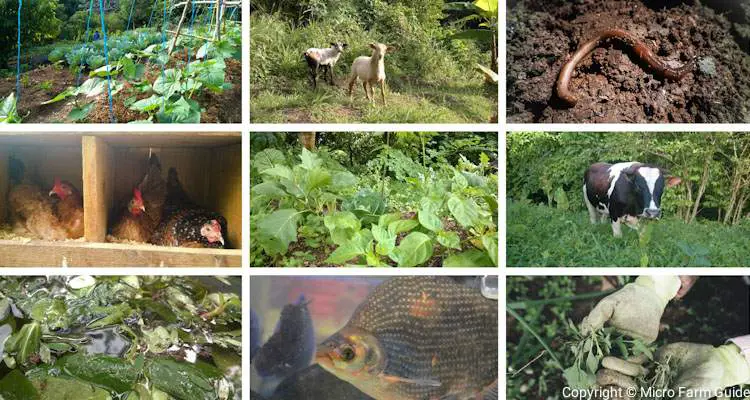
Related Questions
1. Which would be the best example of sustainable farming?
Natural farming is one of the best examples of sustainable agriculture. It is simple to learn, affordable to adapt, takes care of the soil, conserves water, and avoids harmful chemicals.
2. Which farming method is the most sustainable?
Organic farming is often considered the most sustainable farming method. However, it pales in comparison to natural farming, which is simpler to learn and more affordable to implement.
3. What is a sustainable farming practice?
A sustainable farming practice allows farmers to grow food profitably while having little or a positive impact on the environment and natural resources.
References
University Of California. What Is Sustainable Agriculture? sarep.ucdavis.edu. Accesses September 2023
FAO. Training Manual For Organic Agriculture. (PDF) Accessed September 2023

